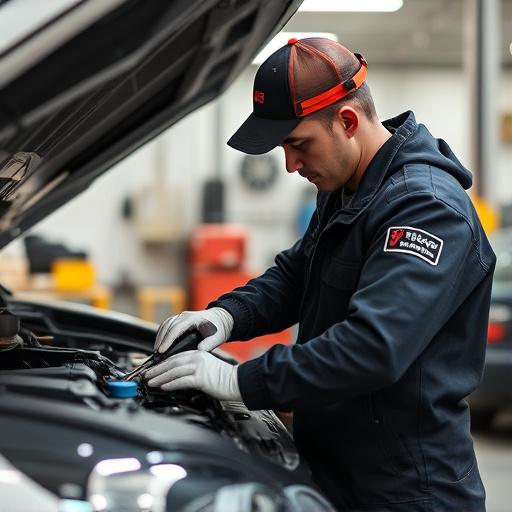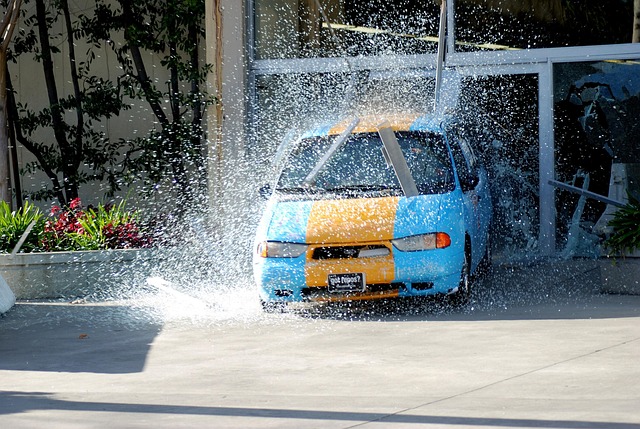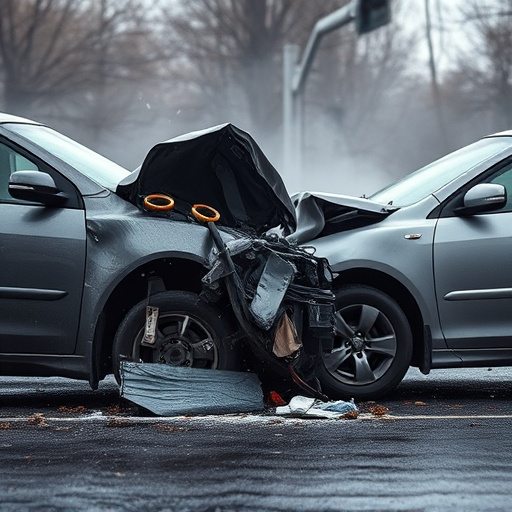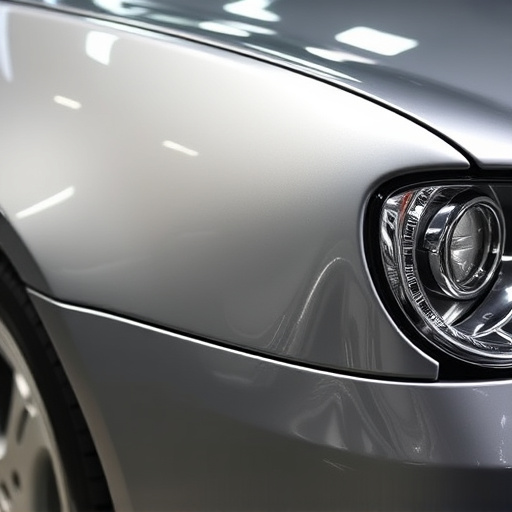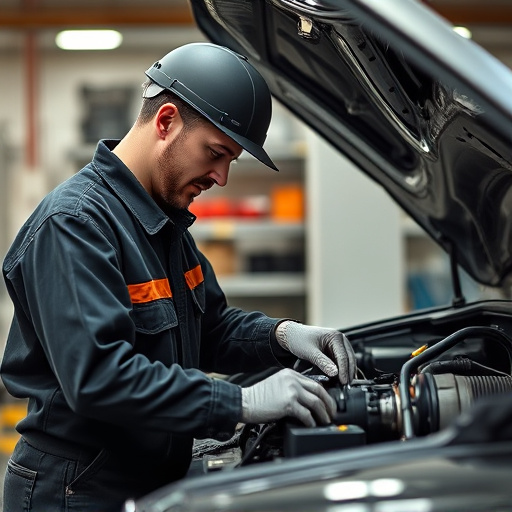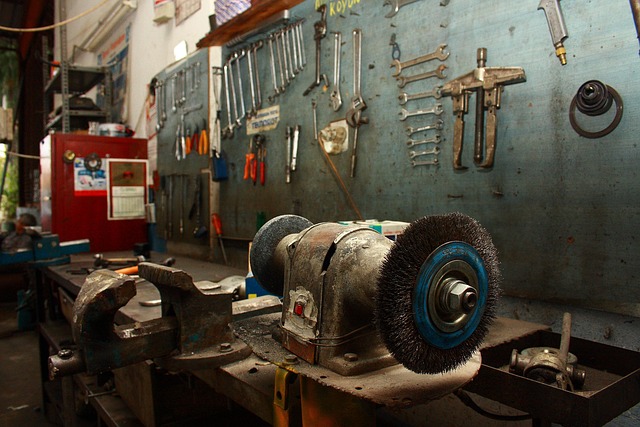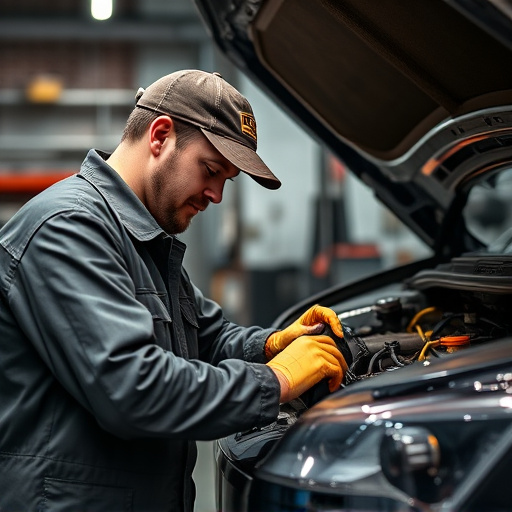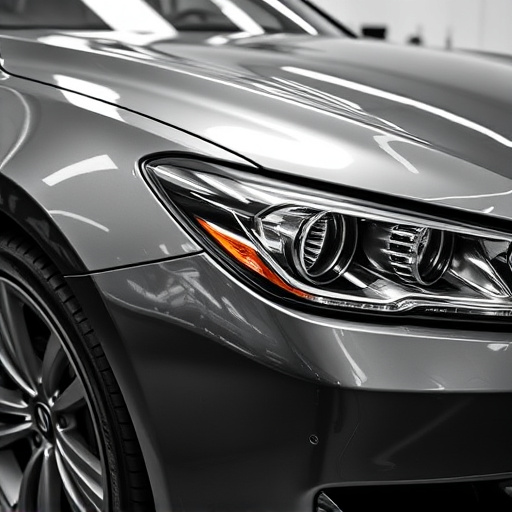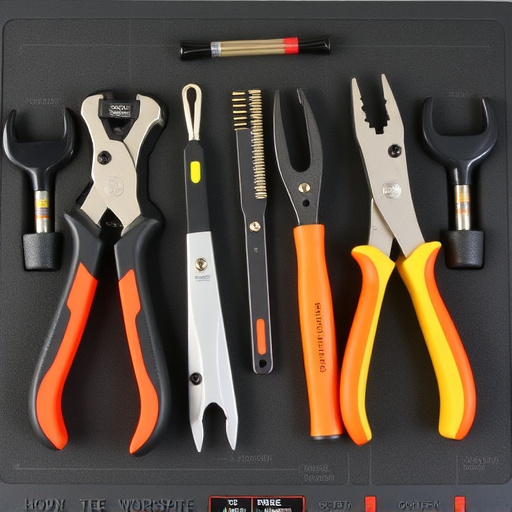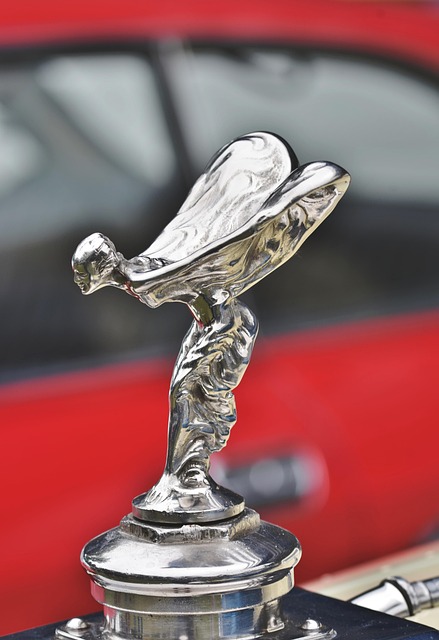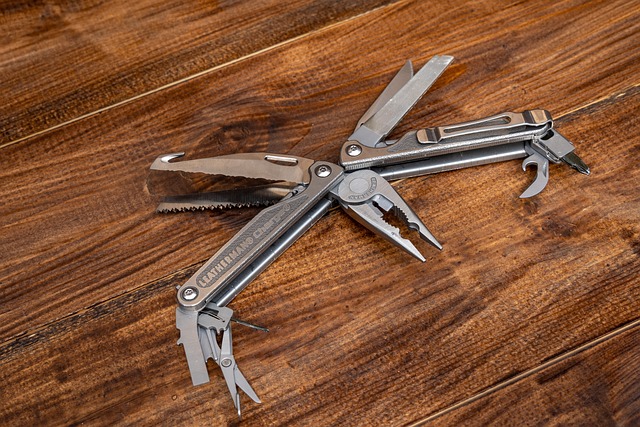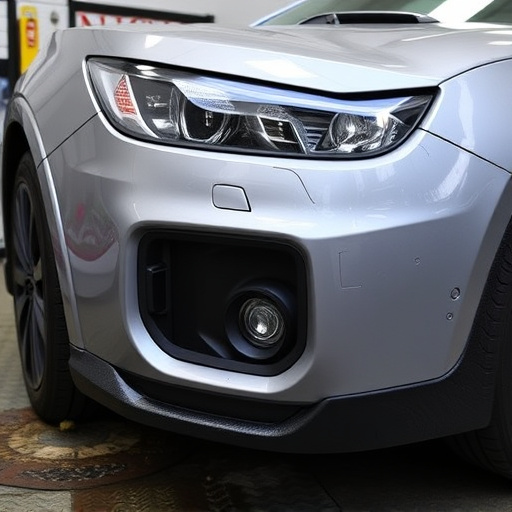3D car scanning technology has revolutionized collision repair and auto body work, offering unprecedented accuracy and efficiency through detailed 3D models of vehicles captured using advanced laser or camera systems. This data is processed into layered images, enabling non-invasive inspection of hidden areas and precise identification of damage. The result is superior repair quality, reduced manual measurement time by up to 50%, faster turnaround for customers, and exceptional outcomes like seamless panel fit and perfect color matching, making it a key driver of higher-quality auto body restoration services.
“Discover how 3D car scanning technology is revolutionizing the automotive repair industry. This innovative process offers unprecedented accuracy and efficiency, ensuring precise restoration of vehicles.
In this article, we’ll explore the inner workings of 3D scanning technology and its remarkable advantages. From enhancing part replacement to providing detailed digital records, it sets a new standard for repair work. We’ll also present compelling case studies, demonstrating how this technology has improved repair outcomes and satisfied customers alike.”
- Understanding 3D Car Scanning Technology: How It Works
- Enhancing Repair Accuracy: The Advantages of 3D Scanning
- Case Studies: Real-World Examples of Improved Repair Outcomes
Understanding 3D Car Scanning Technology: How It Works
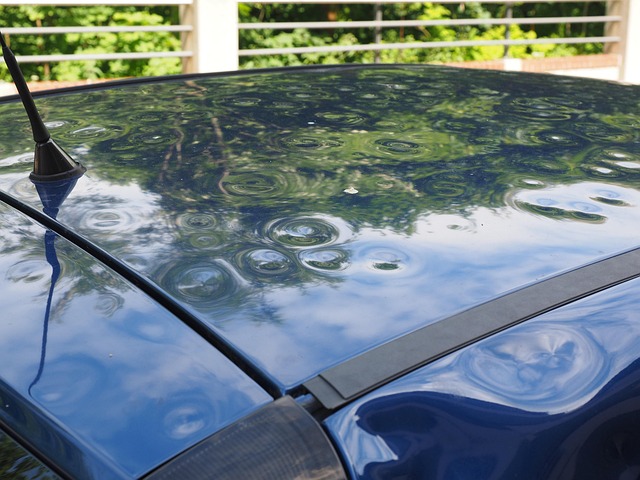
3D car scanning technology has revolutionized the automotive industry, particularly in the realm of collision repair and auto body work. This innovative process involves capturing a detailed 3D digital model of a vehicle using advanced laser or camera systems. By mapping every curve, contour, and component, these scanners create an accurate virtual representation of the car.
The data collected is then processed by specialized software to generate a precise, layered image of the vehicle’s surface. This allows repair technicians to non-invasively inspect hidden areas, identify damage with pinpoint accuracy, and plan repairs more effectively. In turn, this enhanced precision leads to higher quality collision repair and improved overall vehicle restoration.
Enhancing Repair Accuracy: The Advantages of 3D Scanning

The advent of 3D car scanning technology has revolutionized the landscape of automotive repairs, particularly in vehicle restoration and collision repair shops. Traditional measurement methods often rely on subjective assessments and manual calculations, leading to potential inaccuracies in complex geometries or intricate designs. However, 3D scanning offers a precise digital blueprint of the vehicle’s surface, capturing every nook and cranny with meticulous detail.
This technology ensures enhanced repair accuracy by providing an exact replica of the car’s original state. With 3D scans, technicians can efficiently identify pre-existing damage, measure deformations, and pinpoint exact locations for repairs. Moreover, it aids in creating precise templates for vehicle paint repair, ensuring a seamless and accurate restoration. By leveraging this innovative technology, collision repair shops can deliver superior results, maintaining the aesthetic integrity of vehicles while minimizing labor-intensive processes traditionally associated with meticulous hand measurements.
Case Studies: Real-World Examples of Improved Repair Outcomes
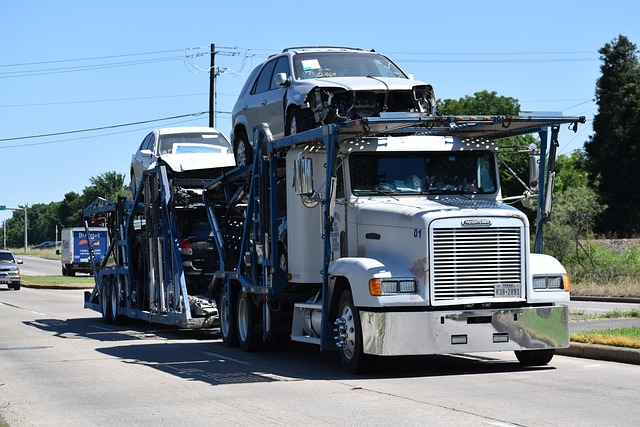
In the realm of vehicle repair services, where precision is paramount, 3D car scanning technology has emerged as a game-changer. Real-world case studies highlight its transformative impact on auto body restoration processes. For instance, leading car body shops have reported significant improvements in repair accuracy, particularly in complex cases involving intricate panel alignment and damage assessment. By capturing detailed 3D models of damaged vehicles, technicians can now analyze and compare the original factory specifications, enabling them to make precise measurements and adjustments during the repair process.
These advanced scanning techniques have led to remarkable outcomes, such as achieving seamless body panel fit and ensuring color matching perfection. For example, a study revealed that shops utilizing 3D scanning technology reduced the time spent on manual measurement and adjustment by up to 50%, resulting in faster turnaround times for customers. This not only enhances efficiency but also minimizes the risk of human error, ultimately delivering superior-quality auto body restoration services.
3D car scanning technology is revolutionizing the automotive repair industry by offering unprecedented accuracy and efficiency. By creating precise digital models of vehicle components, this innovative technology enables technicians to navigate complex repairs with enhanced confidence. The advantages are clear: from reduced scrap rates and faster turnaround times to improved overall quality. As the adoption of 3D scanning continues to grow, it’s evident that this game-changer will play a pivotal role in shaping the future of automotive maintenance, ensuring optimal repair outcomes for years to come.

